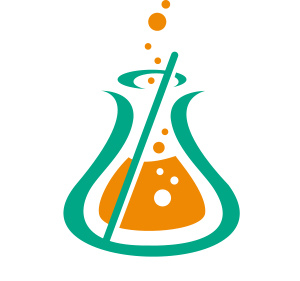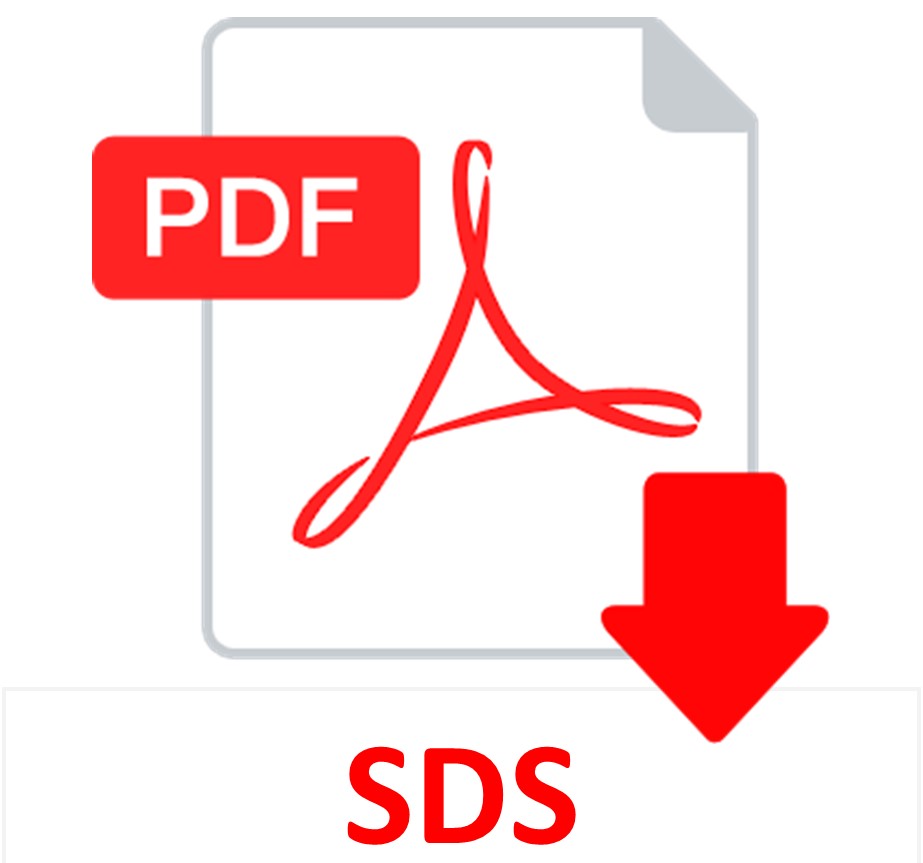Alpha Amylase 1%, Aqueous
Ready to-use glycogen digestion solution for aiding in further identification of mucosubstances used in conjunction with the Periodic Acid Schiff (PAS) Stain procedure.
-
-
-
- Shelf Life is 18 months from date of manufacture.
- Store at 2-8° C.
-
-
SOLUTION:
| 500 ml | |
| Alpha Amylase 1%, Aqueous | Part 1905B |
Additionally Needed:
| Periodic Acid Schiff (PAS) Glycogen Control Slides | Part 4540 |
| Periodic Acid 0.5%, Aqueous | Part 13308 |
| Schiff Reagent, McManus | Part 1371 |
| Hematoxylin Stain, Harris | Part 12013 |
| Acid Alcohol 1% | Part 10011 |
| Lithium Carbonate, Saturated Aqueous | Part 12215 |
| Xylene, ACS | Part 1445 |
| Alcohol, Ethyl Denatured, 100% | Part 10841 |
| Alcohol, Ethyl Denatured, 95% | Part 10842 |
| Coplin Jar, Plastic | Part 5184 (for glycogen digestion microwave modification) |
For storage requirements and expiration date refer to individual product labels.
APPLICATION:
Newcomer Supply Alpha Amylase 1%, Aqueous is a convenient ready-to-use glycogen digestion solution for aiding in further identification of mucosubstances used in conjunction with the Periodic Acid Schiff (PAS) Stain procedure.
METHOD:
Fixation: Formalin 10%, Phosphate Buffered (Part 1090)
Technique: Paraffin sections cut at 4 microns
STAINING PROCEDURE:
- If necessary, heat dry tissue sections/slides in oven.
- Deparaffinize sections thoroughly in three changes of xylene, 3 minutes each. Hydrate through two changes each of 100% and 95% ethyl alcohols, 10 dips each. Wash well with distilled water.
- See Procedure Notes #1 and #2.
- Digestion Step: See Procedure Note #3.
- Two control slides and two patient slides are needed.
- Label one control slide and one patient slide “with”.
- Label the other control slide and patient slide “without”.
- Place slides labeled “without” in separate Coplin jar of distilled water; hold for Step #5.
- Apply Alpha Amylase 1%, Aqueous to slides labeled “with” for 30 minutes at room temperature.
- Proceed to Step #5.
- Digestion Microwave Modification: See Procedure Note #4.
- Follow Steps #3a through #3d.
- Place slides labeled “with” in a plastic Coplin jar containing Alpha Amylase 1%, Aqueous and microwave for 1 minute at 37°C. Let sit in warm solution for an additional minute.
- Combine all slides for remaining steps; wash in running tap water for 1 minute, rinse in distilled water.
- Place in Periodic Acid 0.5%, Aqueous (Part 13308) for 10 minutes.
- Wash in three changes of tap water; rinse in distilled water.
- Place in Schiff Reagent, McManus (Part 1371) for 20 minutes.
- Wash in lukewarm tap water for 5 minutes.
- Stain with Hematoxylin Stain, Harris (Part 12013), 1-5 minutes, depending on preference of nuclear stain intensity.
- Wash in tap water for 2-3 minutes.
- Differentiate in Acid Alcohol 1% (Part 10011); 1-2 quick dips.
- Wash in tap water for 1 minute.
- Blue in Lithium Carbonate, Saturated Aqueous (Part 12215); 3-4 dips.
- Wash in several changes of tap water; rinse in distilled water.
- Dehydrate in two changes each of 95% and 100% ethyl alcohol. Clear in three changes of xylene, 10 dips each; coverslip with compatible mounting medium.
RESULTS:
| Glycogen | Magenta |
| Glycogen digestion | Absence of magenta |
| Acid & neutral epithelial mucin | Magenta |
| Nuclei | Blue |
PROCEDURE NOTES:
- Drain slides after each step to prevent solution carry over.
- Do not allow sections to dry out at any point during procedure.
- Slides labeled “with” will be treated with amylase digestion, slides labeled “without” will not be treated for digestion.
- The suggested microwave procedure has been tested at Newcomer Supply. This procedure is a guideline and techniques should be developed for use in your laboratory.
- If using a xylene substitute, closely follow the manufacturer’s recommendations for deparaffinization and clearing steps.
REFERENCES:
- Bancroft, John D., and Marilyn Gamble. Theory and Practice of Histological Techniques. 6th ed. Oxford: Churchill Livingstone Elsevier, 2008. 168-171, 180.
- Carson, Freida L., and Christa Hladik. Histotechnology: A Self-Instructional Text. 3rd ed. Chicago, Ill.: American Society of Clinical Pathologists, 2009.137-141.
- Sheehan, Dezna C., and Barbara B.Hrapchak. Theory and Practice of Histotechnology. 2nd ed. St. Louis: Mosby, 1980. 164-168.
- Modifications developed by Newcomer Supply Laboratory.



